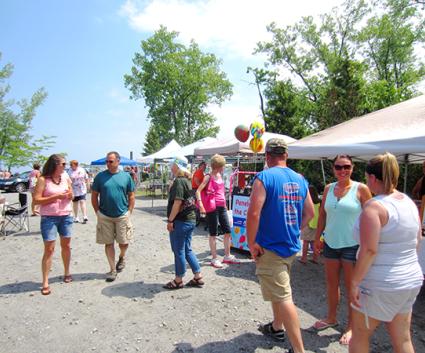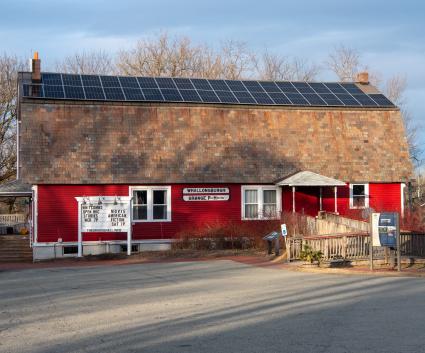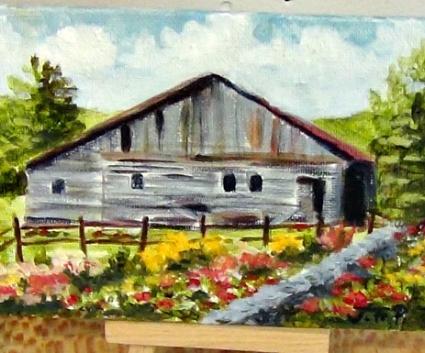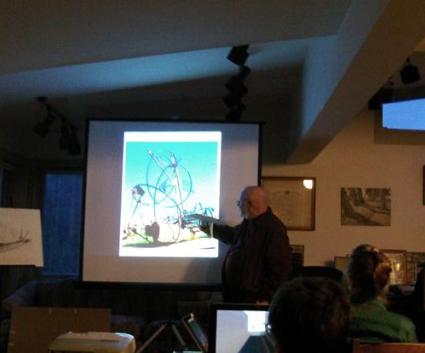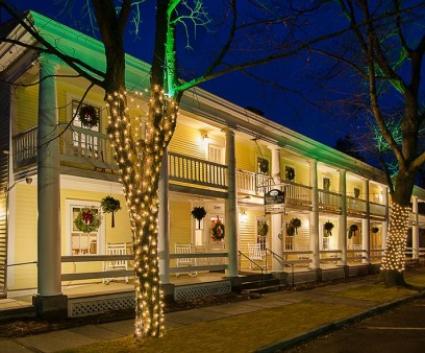It’s so easy to fall in love with the Lake Champlain Region. I see it on visitors’ faces all the time. “It’s SO beautiful here,” say many first time visitors that walk through the door at the Lake Champlain Visitors Center. The site distance and scenic beauty are captivating; awesome really. The level plane of the lake, juxtaposed against a backdrop of the Adirondack Mountains offers an incredibly visually appealing contrast. When you combine our centuries of significant American history with our natural, cultural, and recreational opportunities, you have a very special vacation destination indeed.
Aside from the most apparent, there are many other features, characteristics, and unique traits that make this region so very extraordinary. Here are some interesting little tidbits of information that I’d like to share. Some of these details you may not know. They may further your appreciation of this fantastic region, provide some food for thought or prompt a visit to see, experience or learn about them for yourself.
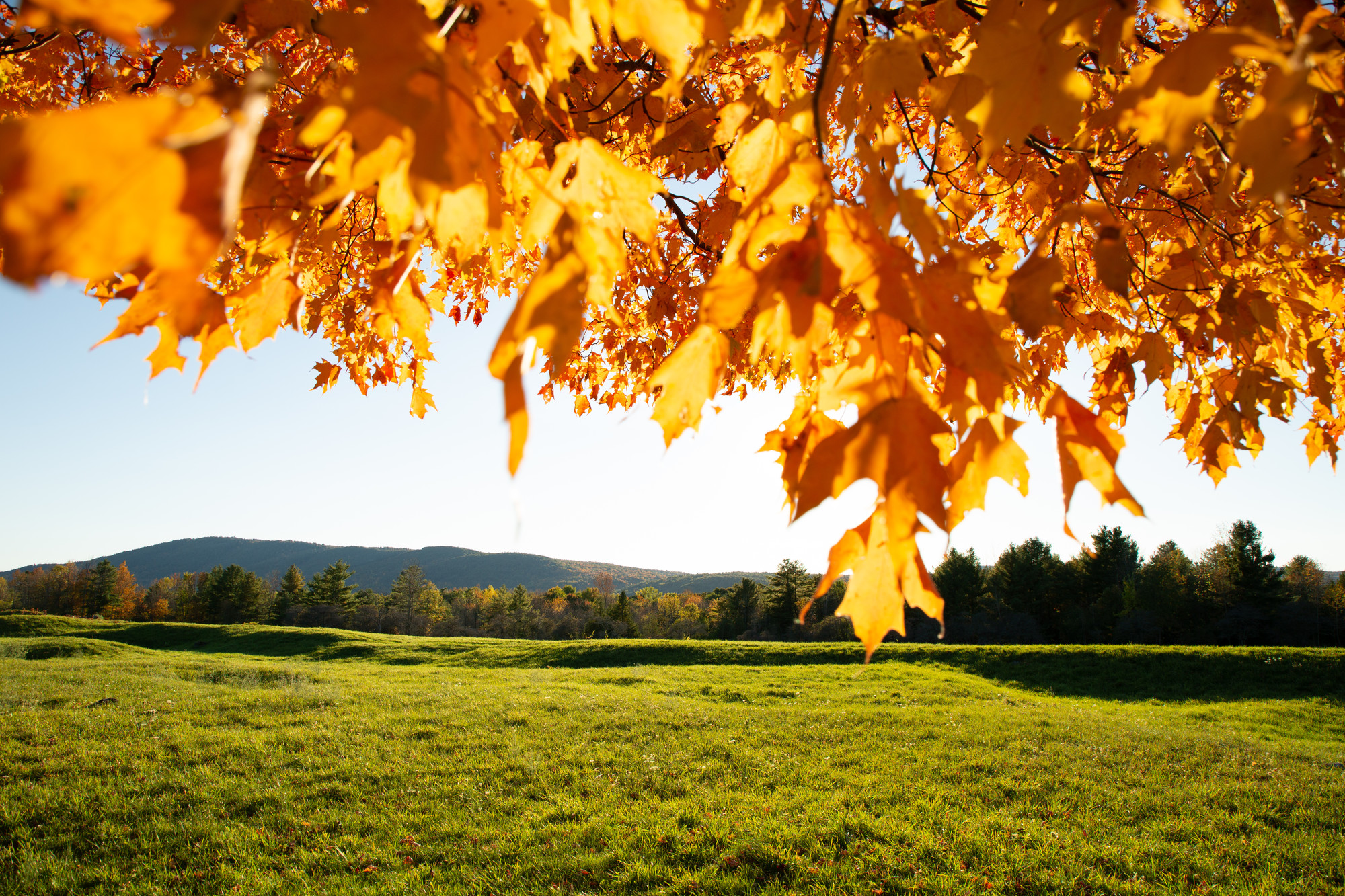
Fall for a "great" lake
The sixth largest body of water in the United States, Lake Champlain became one of the Great Lakes in 1998; but it only held that title for about 18 days. President Clinton signed a bill on March 6th, 1998 but that bill was rescinded on March 24th, 18 days later. It appears that, having Lake Champlain become one of a “collection of lakes” did not set well with most of the residents surrounding this body of water. They felt Lake Champlain was unique and should be recognized as a “great lake” on its own.
Launch a boat into the water anywhere along this lake and you could travel to Montreal, Manhattan, or even beyond into the Atlantic - from either point. The lake lies in both the United States and Canada. The Chambly Canal connects Lake Champlain to the Richelieu and St. Lawrence Rivers to the north. The Champlain Canal connects the lake to the Hudson River to the south.
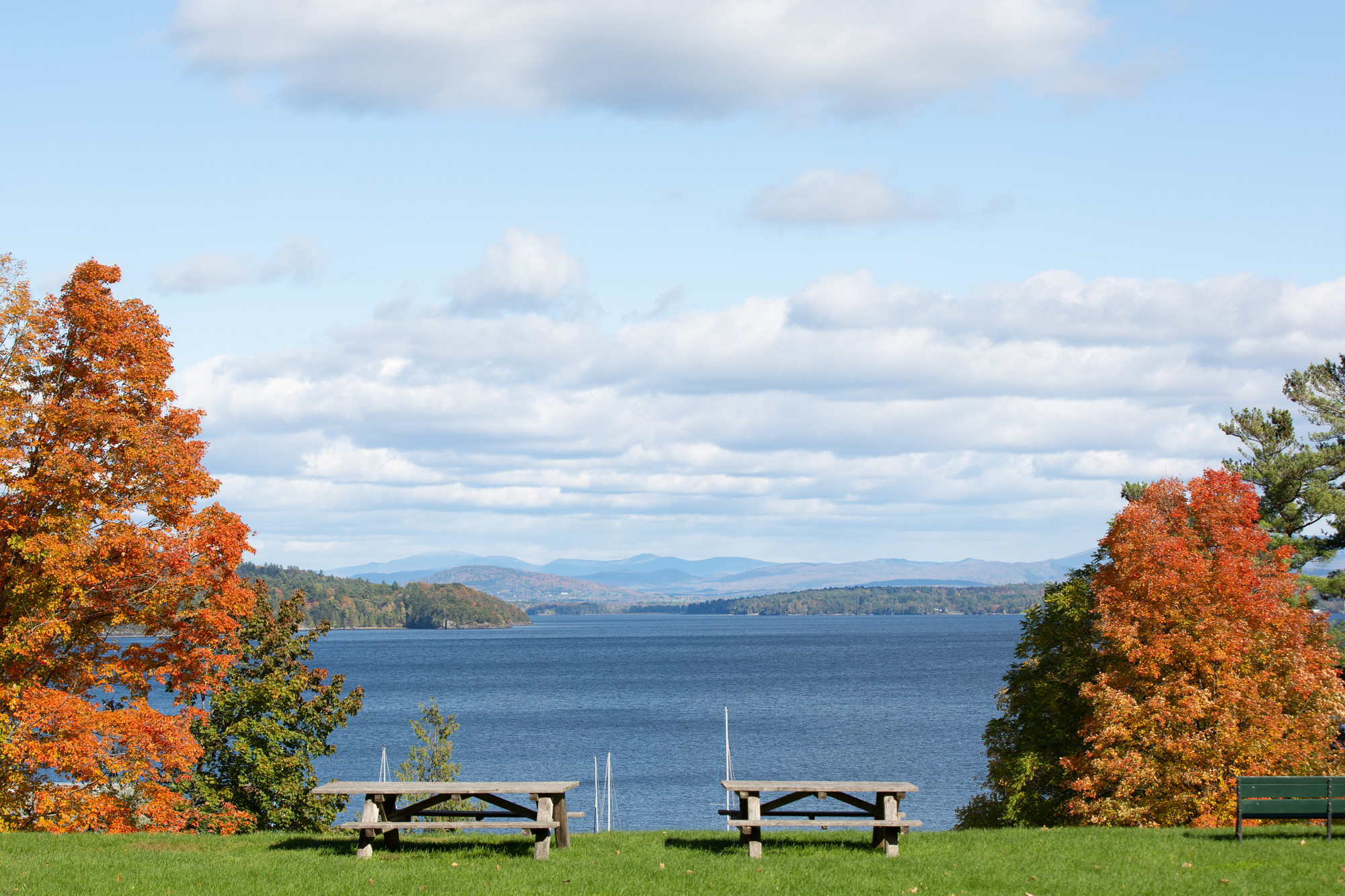
Lake Champlain holds the record of being the lowest point within the 6,000,000 acre Adirondack Park. It is only about 100’ above sea level and it flows north; all 125 miles of it! 70-some islands dot its surface.
The bottom of Lake Champlain is home to approximately 300 shipwrecks. Divers can explore many of these in person thanks to NY and VT’s Lake Champlain Historic Preserve System. Not a diver? You can see and learn about the shipwrecks at the Lake Champlain Maritime Museum, reopening in 2021. The LCMM has been studying Lake Champlain shipwrecks for more than 30 years. You can view recorded videos made with underwater cameras at their museum site, or take one of their Shipwreck Tours. An excursion boat will transport you to the site of a shipwreck. Once there, you can watch a Remotely Operated Vehicle (ROV) which projects images directly to an onboard monitor.
At its northern end, Lake George drains into Lake Champlain via the La Chute River. The LaChute has a vertical drop equivalent to Niagara Falls, approximately 220’! It is no wonder why the Town of Ticonderoga built around it. Learn about Ticonderoga’s industrial development and gain an understanding of the use of water power at the Ticonderoga Heritage Museum.
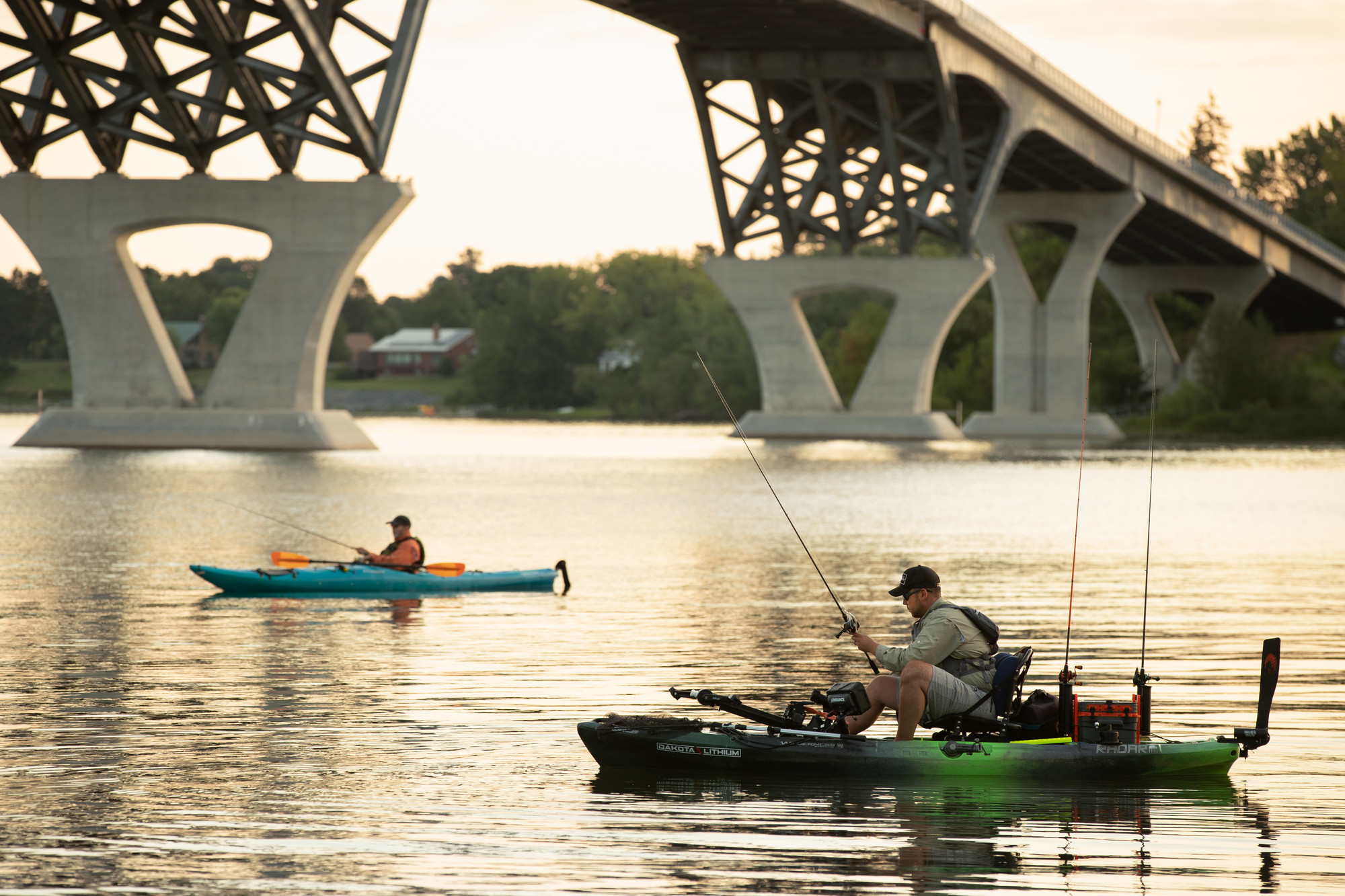
Two years ago, Bassmaster.com ranked Lake Champlain as No. 5 of the top bass fishing Lakes in North America. This year, 2014, the World Fishing Network ranked Lake Champlain as one of the Top 7 and stated that Lake Champlain is quote, “perhaps the best lake in all of North America for both quality largemouth and smallmouth bass.”
Along the shores of the lake, near Port Kent I was told, geologists have discovered rocks they believe to be over a billion years old, though Lake Champlain is considered to be about 12,000 years old. You can’t help but wonder about the lake’s development. Check out the Wild Center in Tupper Lake for a geological perspective.
Creatively Adirondack
The famous Adirondack Chair was first designed and created in Westport, NY in the early 1900’s. The designer was Thomas Lee, a summer resident at Westport who was in need of sturdy and durable outdoor seating for his family at their summer home. Lee’s friend, Harry Bunnell, a year-round Westport resident, upon seeing Lee’s creation, offered to build some through the winter. He felt they would be hot sellers the following spring. Bunnell did construct chairs through the winter, but also sneakily acquired a patent on Lee’s design without his permission. He named it the “Westport Plank Chair” and his originals are selling for thousands today; hardly fair.
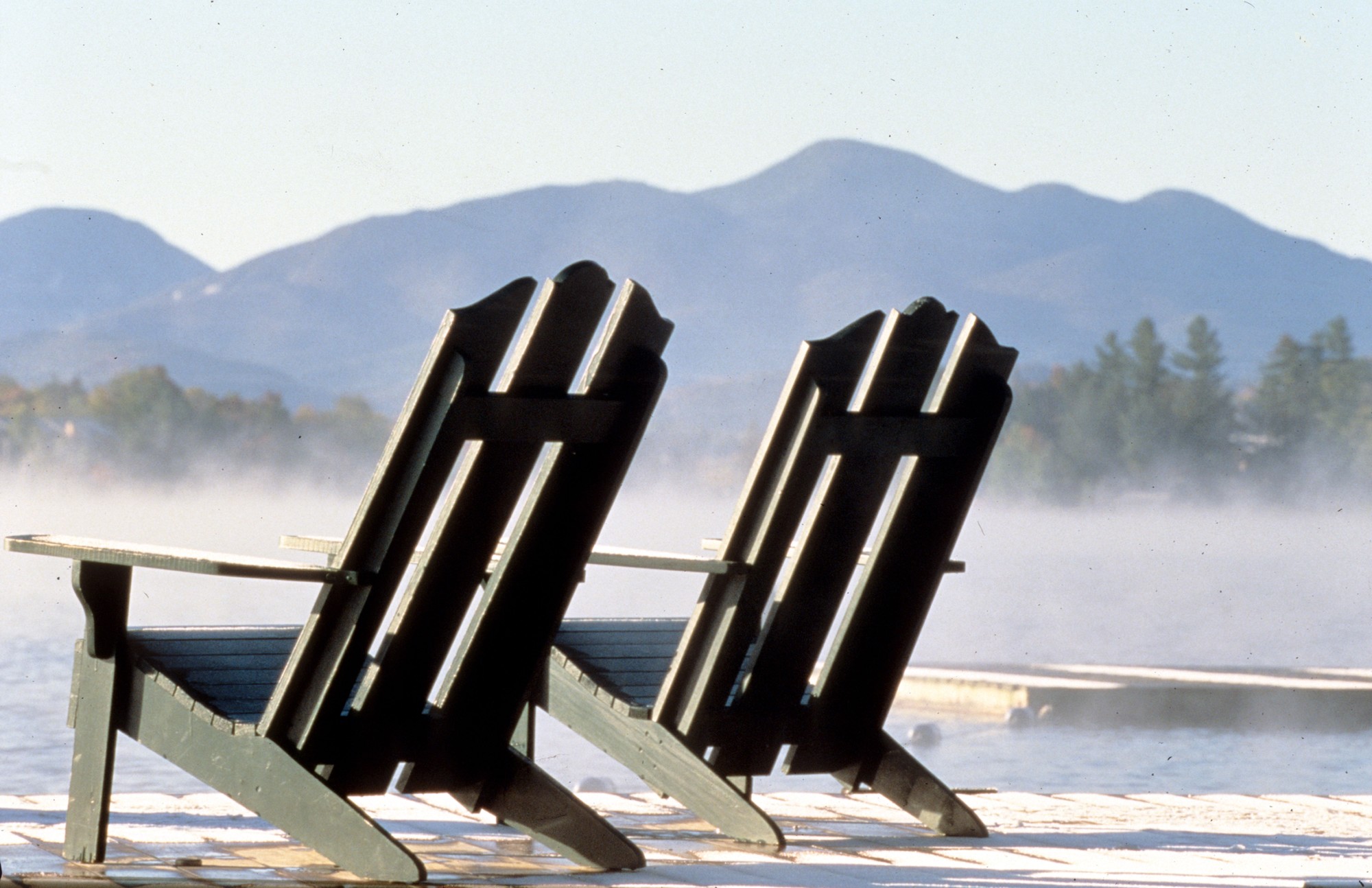
Ironville, a hamlet within the Town of Crown Point and home of the Penfield Homestead Museum, reopening in 2021, is considered to be the country’s “birthplace of the electrical age.” The Penfield and Taft Iron Company located in Ironville applied the first industrial use of electricity; using the electromagnet to separate iron ore. Iron from these mines went into the steel plates on Civil War ship the USS Monitor as well as into the suspension cables for the Brooklyn Bridge.

Long before movies were ever made in Hollywood, they were being made right here in the Lake Champlain Region! “Arctic City” was a film studio located in the Village of Port Henry, Town of Moriah. This was during the early 1900’s, the Silent Film Era. "The Perils of Pauline” was a famous suspense serial and filmed at “Arctic City.” Lake Champlain itself often played a starring role in these movies posing as the Atlantic Ocean. Of course, this was on days when the weather obscured the view of Vermont.
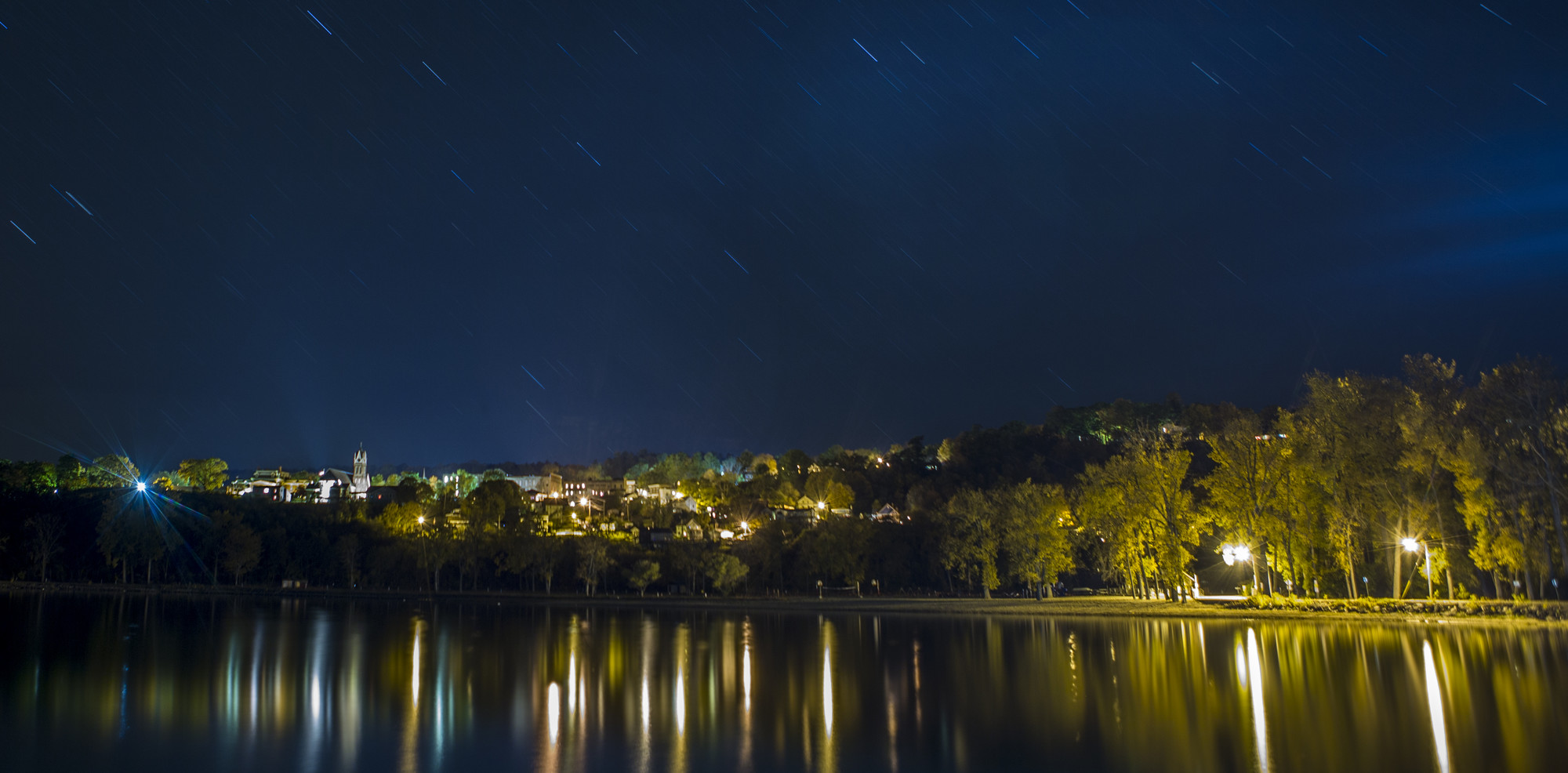
Often referred to as the “Grand Canyon of the East,” Ausable Chasm is one of the oldest natural tourist attraction in the United States. The Chasm has hosted more than 10 million visitors since 1870. The Ausable River has carved this gorge leaving behind the unique natural sculpture, rock formations, and waterfalls. Visitors today can explore miles of trails and footpaths, raft and tube down the river in summer months or witness ice sculpture and frozen waterfalls in winter months while trekking about on supplied ice cleats.
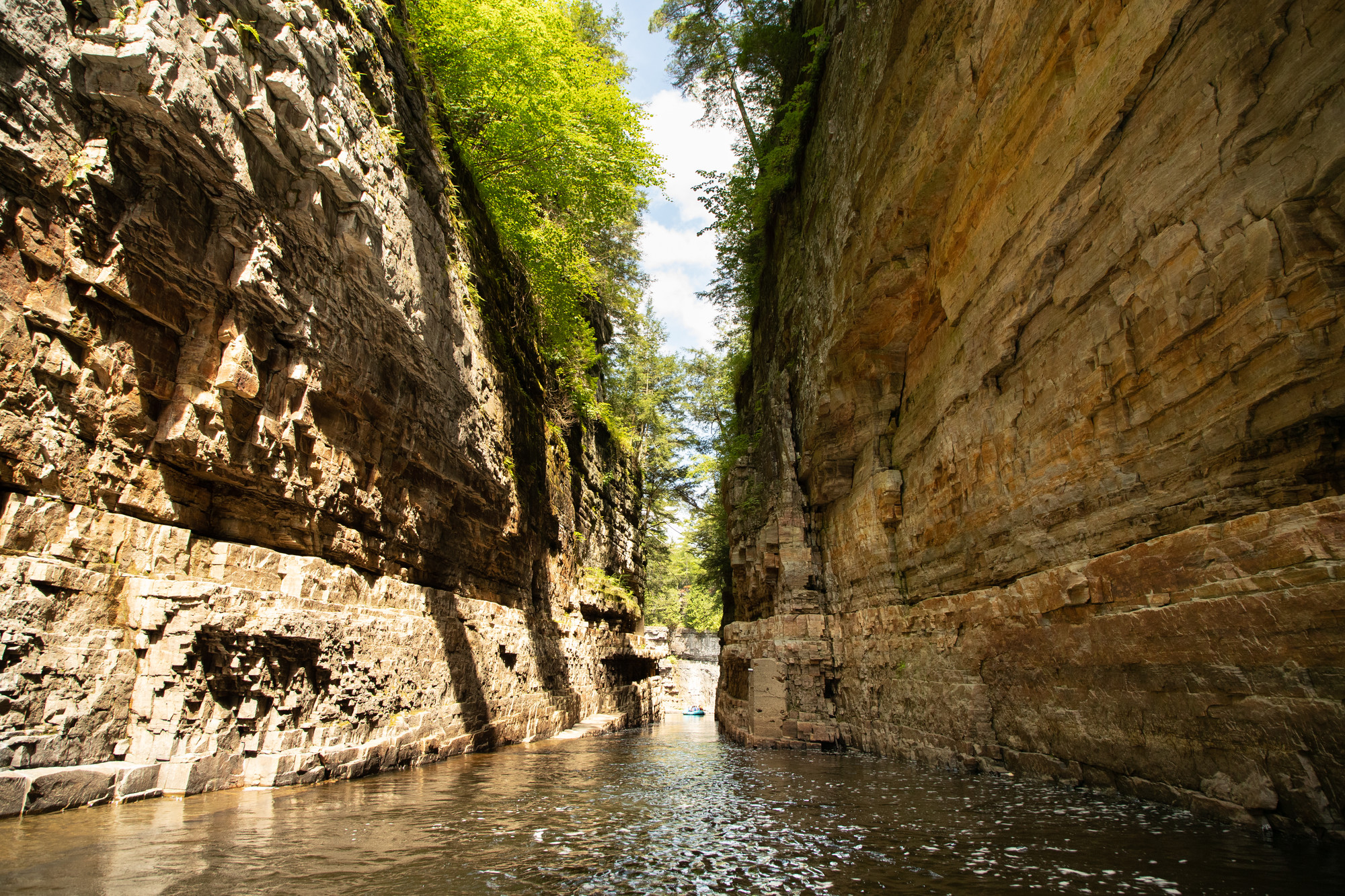
World-class art
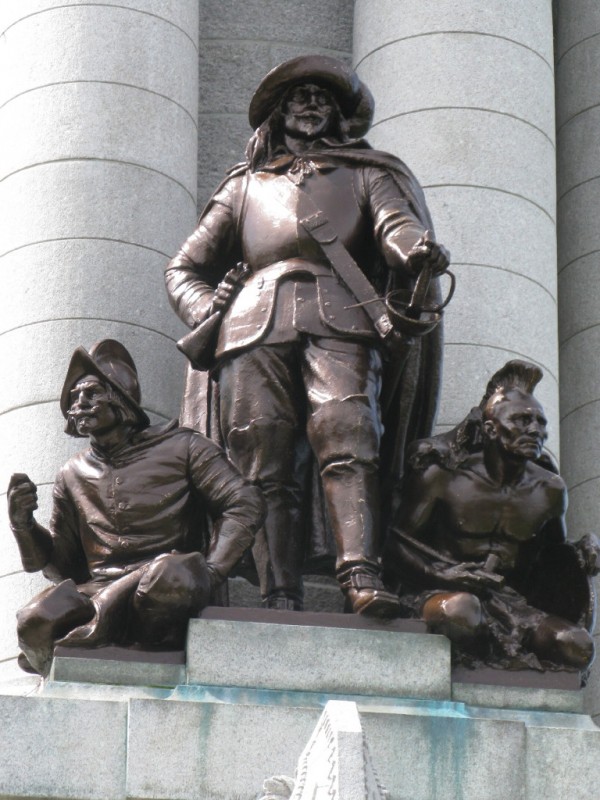
In addition the sculpted ice of winter at Ausable Chasm, the Lake Champlain Region also offers some pretty significant man-made sculpture as well. Situated on a point of ground within the NYS DEC Campground at Crown Point is the Champlain Memorial Lighthouse. The lighthouse began as a humble navigational aid in 1858, built in a classic New England style. In the early 1900’s NY and VT residents had a desire to honor Samuel de Champlain for the 300th anniversary (1909) of his exploration of the lake that bears his name.
It was decided an elaborate memorial would be built and the humble 1858 lighthouse at Crown Point undertook a major remodel. Carl Heber, a well-renowned US sculptor, was commissioned to create the large, lifelike sculpture of Champlain accompanied by two scouts that adorn the memorial today. When France learned that we were honoring one of their countrymen, they offered a gift, an Auguste Rodin bust entitled, “La France.” Both of these significant sculptures adorn the Champlain Memorial Lighthouse today and would welcome your visit. Come to see for yourself.
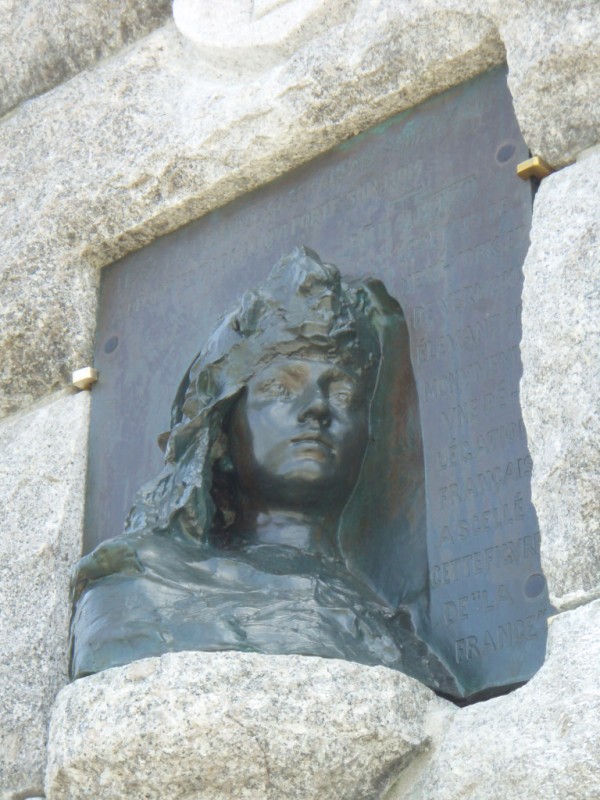
Whether you are touring through the Lake Champlain Region for a fall foodie tour or a family getaway, the area will surprise and delight you. Enjoy Adirondack history, gorgeous scenery, and natural wonders that you'll find only around Lake Champlain.




